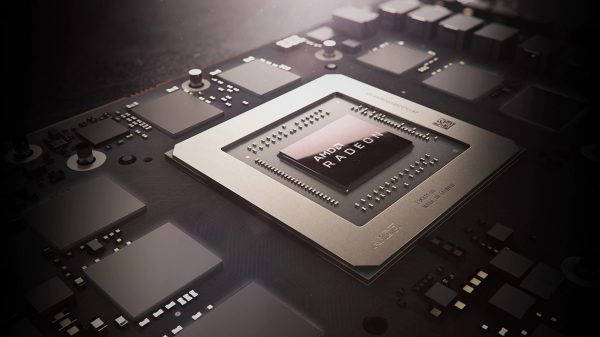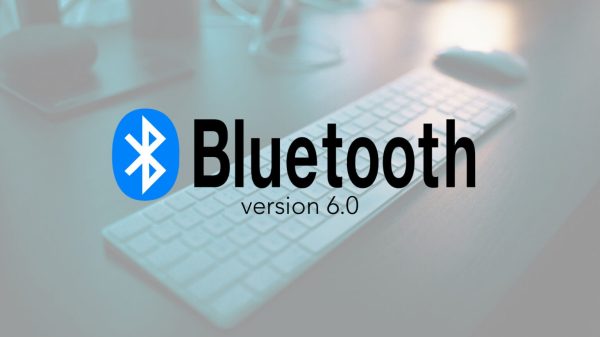Roku, a popular streaming device provider, has made significant strides in recent months to improve its security measures following a series of security breaches. However, the company’s recent implementation of two-factor authentication (2FA) has been met with criticism and frustration. In this article, we will explore the issues surrounding Roku’s 2FA, its limitations, and the challenges the company faces in addressing these concerns.
Roku’s journey towards 2FA began after a security breach in March, which affected over 15,000 accounts. The breach, perpetrated via credential stuffing, highlighted the need for the company to roll out 2FA. Although Roku initially indicated that it would not be implementing 2FA, it eventually reversed its decision following pressure from users and security experts.
The company’s 2FA implementation is far from ideal, with users receiving an email with a unique, single-use link as the secondary form of authentication. While this method is more secure than traditional password-based authentication, it lacks the flexibility and customization options that many users expect from a 2FA solution.
One of the most significant issues with Roku’s 2FA is its limited availability on devices. When users attempt to log in to their account on a Roku device, they are prompted to enter their email address and password, followed by a link sent to their email address. This process can be cumbersome, especially when users are on-the-go or do not have immediate access to their email.

Roku’s Lackluster Two-Factor Authentication Efforts Raise Concerns
Moreover, the company’s QR code authentication method, which allows users to scan a QR code on their TV to log in, has been plagued by issues. Users have reported difficulties with the QR code authentication, including failed attempts to log in and inconsistent performance. This has led to frustration among users, who are accustomed to seamless experiences with other 2FA solutions.
Roku’s failure to provide users with options for 2FA authentication is another area of concern. Users are not given the choice between using a time-based code sent via SMS or authenticator app, or a magic link sent via email. This limited flexibility and lack of customization options are major drawbacks for users who value control and flexibility in their security measures.
Furthermore, the company’s inability to address the root cause of the credential stuffing attacks, rather than merely patching the symptoms, is a worrying sign. Roku needs to invest in better proactive measures to prevent these types of attacks in the future, rather than relying solely on reactive measures.
Roku’s 2FA implementation, although a step in the right direction, has significant limitations and issues. The company must address these concerns by providing users with more flexibility and customization options, as well as more secure and efficient authentication methods. Until then, users will continue to be frustrated with the company’s lackluster security measures.









































